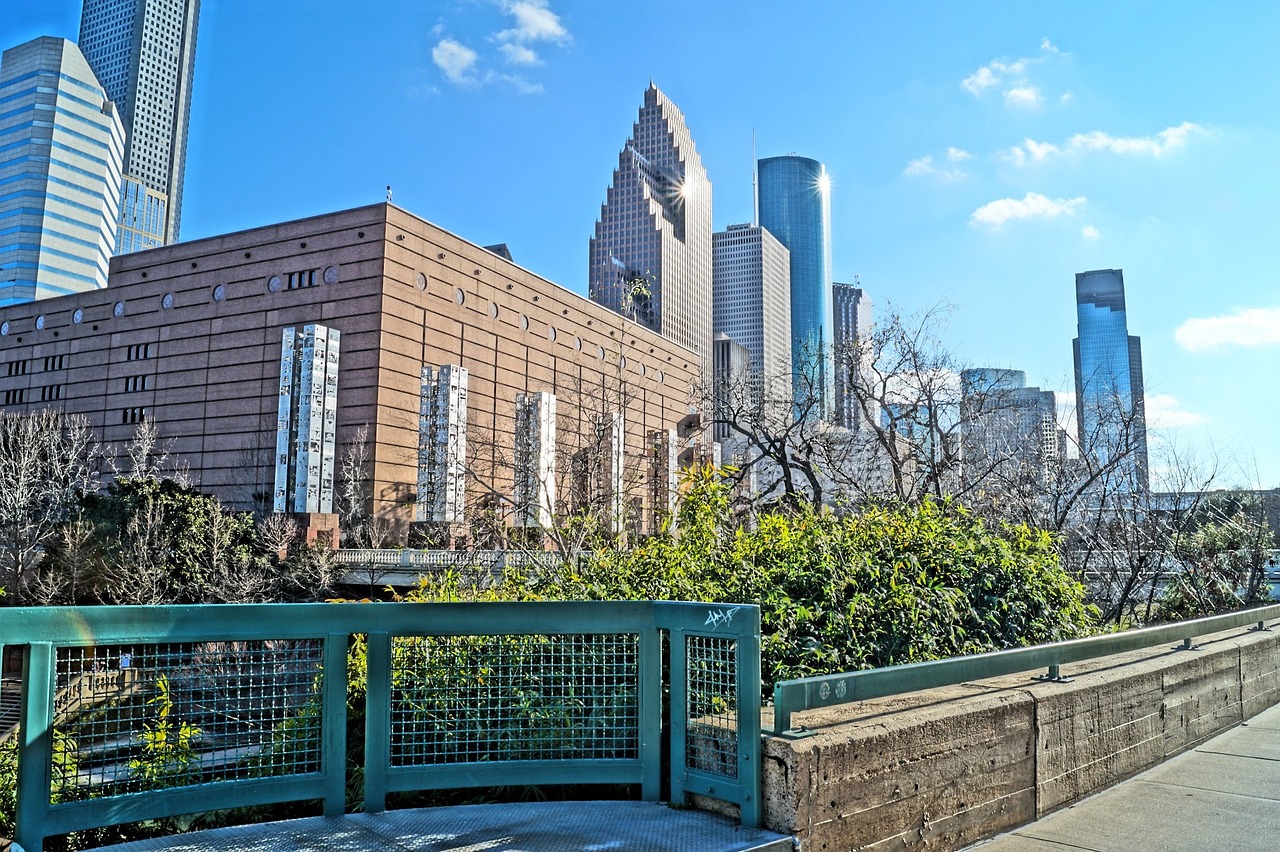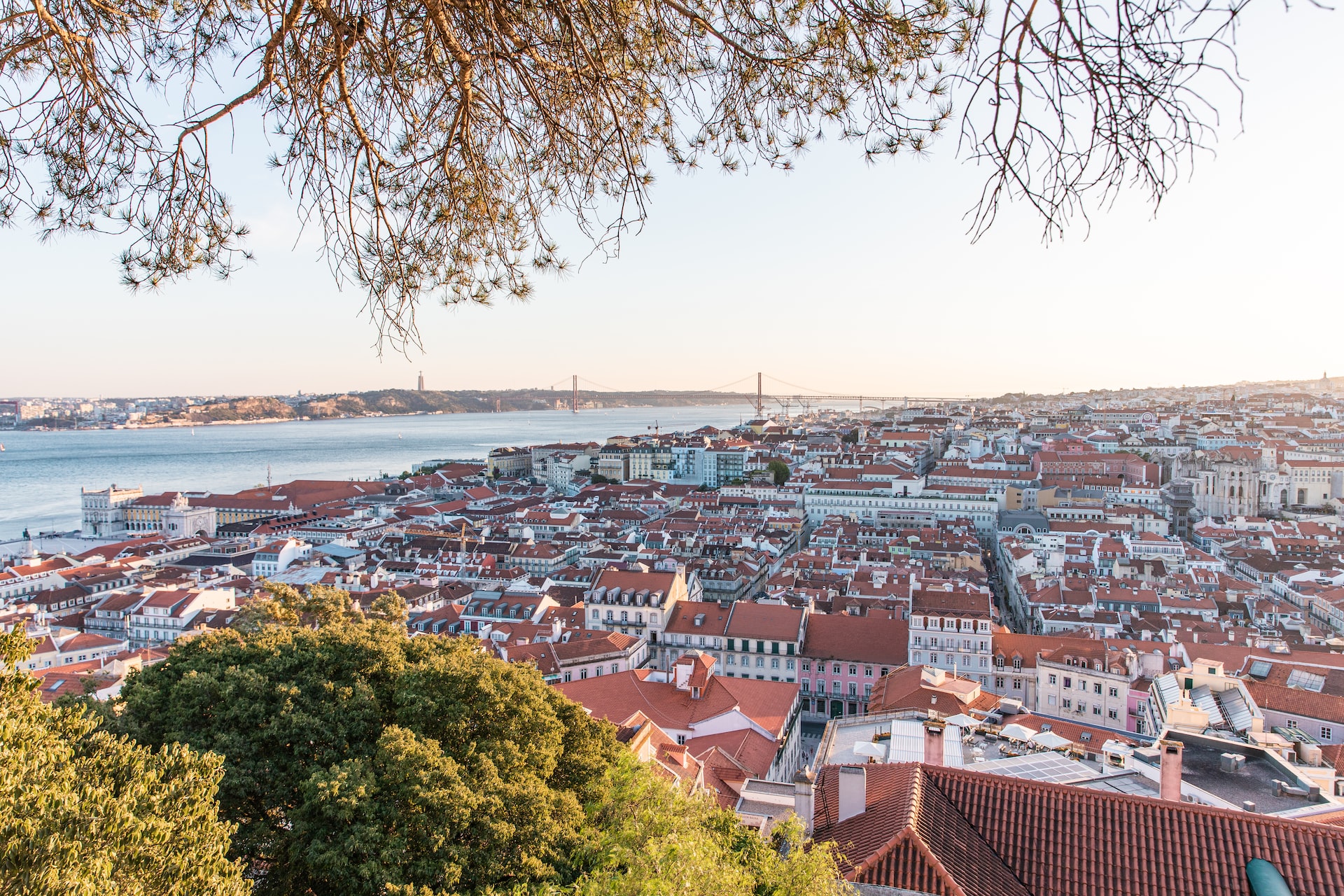Las Vegas weather is known for its hot and dry desert climate. The city is located in the Mojave Desert and is surrounded by mountains, which can affect the temperature and weather patterns in the area. The average high temperature in Las Vegas during the summer months can reach over 40°C (104°F), making it one of the hottest cities in the United States. However, the dry desert air and low humidity make it feel more comfortable than other cities with similar temperatures.
Despite its reputation for being hot and dry, Las Vegas does experience some variability in weather throughout the year. The winter months can see temperatures drop to below freezing, with occasional snowfall in the surrounding mountains. The spring and fall months are typically mild, with temperatures in the mid-20s to mid-30s (70s-90s°F).
Las Vegas is known for its clear skies and sunshine, which make it a popular destination for tourists and outdoor enthusiasts. However, the city can also experience occasional thunderstorms and flash floods, especially during the summer monsoon season. The monsoon season typically runs from July to September, and can bring heavy rain and strong winds to the area.
| Month | Low (°C) | High (°C) | Low (°F) | High (°F) | Rain (%) |
|---|---|---|---|---|---|
| January | 5 | 14 | 41 | 57 | 2 |
| February | 6 | 15 | 43 | 59 | 2 |
| March | 9 | 19 | 48 | 66 | 2 |
| April | 12 | 23 | 54 | 73 | 2 |
| May | 16 | 28 | 61 | 82 | 2 |
| June | 20 | 34 | 68 | 93 | 2 |
| July | 24 | 40 | 75 | 104 | 5 |
| August | 24 | 40 | 75 | 104 | 5 |
| September | 22 | 36 | 72 | 97 | 5 |
| October | 17 | 28 | 63 | 82 | 2 |
| November | 11 | 20 | 52 | 68 | 2 |
| December | 6 | 14 | 43 | 57 | 2 |
When it comes to deciding the best time to visit Las Vegas, it really depends on what you are looking for in a vacation. If you want to experience the city’s famous nightlife and entertainment, any time of the year is a good time to visit. The casinos and shows are open year-round, and the city’s mild winter temperatures make it a popular destination for tourists looking to escape the cold weather in other parts of the country.
However, if you’re looking to spend time outdoors, the spring and fall months are the best time to visit. The temperatures are mild, and the humidity is low, making it perfect for hiking, golfing, and other outdoor activities. The city’s famous Red Rock Canyon and Valley of Fire State Park are great places to explore during this time of the year.
For those who can tolerate the heat, the summer months can be a great time to visit. The city’s famous pool parties and water parks are in full swing, and the monsoon season can bring some relief from the heat with occasional thunderstorms. However, it’s important to be aware that the heat can be extreme during this time of the year and to take precautions to stay hydrated and protected from the sun.
On the other hand, the winter months can be a great time to visit for those looking for a more laid-back vacation. The city is less crowded and hotel rates are typically lower. The mild temperatures make it a great time to explore the city’s outdoor attractions, such as the Hoover Dam and Lake Mead.
In conclusion, Las Vegas weather offers something for everyone and the best time to visit Las Vegas depends on your personal preferences and what you want to experience. Whether you want to experience the city’s famous nightlife, or explore the great outdoors, there is always something to do and see in Las Vegas. If you’re looking for a warm weather, low humidity and clear sky, spring and fall are the perfect time to visit. If you’re looking to escape the cold weather, winter is a great time to visit. And if you’re looking to enjoy outdoor activities and pool parties, summer might be the perfect time.



